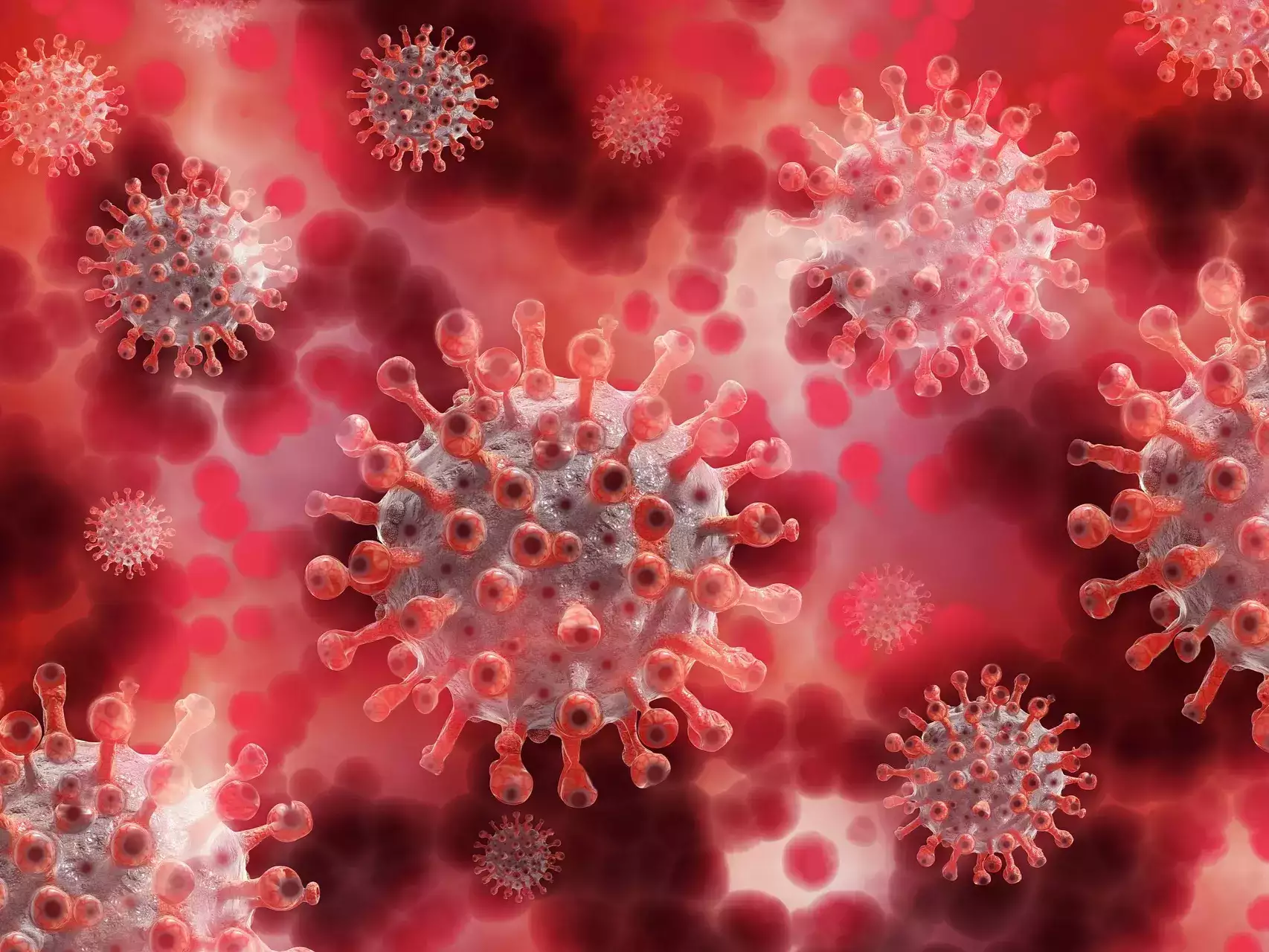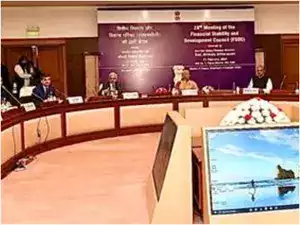It is now official – viruses seem to have a more active love life than humans. These tiny organisms are well-known for infecting other organisms and using their bodies to meet their own nutritional and reproductive needs. While it has been observed that viruses tend to avoid infecting each other, a recent discovery challenges this belief.
Researchers have found evidence of two viruses forming a temporary bond, with signs of “love bites” on their surfaces. Viruses are neither dead nor alive and rely on a host to complete their life cycles. However, some viruses require a “helper” virus to assist them in achieving their goals, such as creating protective shells or replicating their DNA within the host.
In a groundbreaking study, scientists observed a satellite bacteriophage, a virus that infects bacteria, consistently attaching itself to a helper virus. The research revealed that 80% of the helper viruses had a satellite virus attached to them, leaving marks resembling love bites on their “necks.”
Typically, satellite viruses possess a gene that allows them to effectively assimilate into their hosts without being eliminated. Surprisingly, in this case, the satellite virus lacked an integration gene. This suggests that the satellite virus relies on its attachment to the helper virus for protection every time it enters a host.
The researchers believe that this unique behavior is a result of a long-term co-evolution between the satellite and helper viruses. After spending 100 million years together, it is understandable that they may develop separation anxiety.
The next step for scientists is to determine the prevalence of this phenomenon and unravel the mechanisms by which satellite viruses attach themselves to helper viruses. Lead author Tagide deCarvalho suggests that many previously presumed contaminated bacteriophages could actually be these satellite-helper systems.
The study’s findings have been published in the ISME Journal and can be accessed here. This discovery opens up new possibilities for recognizing and understanding similar systems in the future.

I have over 10 years of experience in the cryptocurrency industry and I have been on the list of the top authors on LinkedIn for the past 5 years. I have a wealth of knowledge to share with my readers, and my goal is to help them navigate the ever-changing world of cryptocurrencies.







